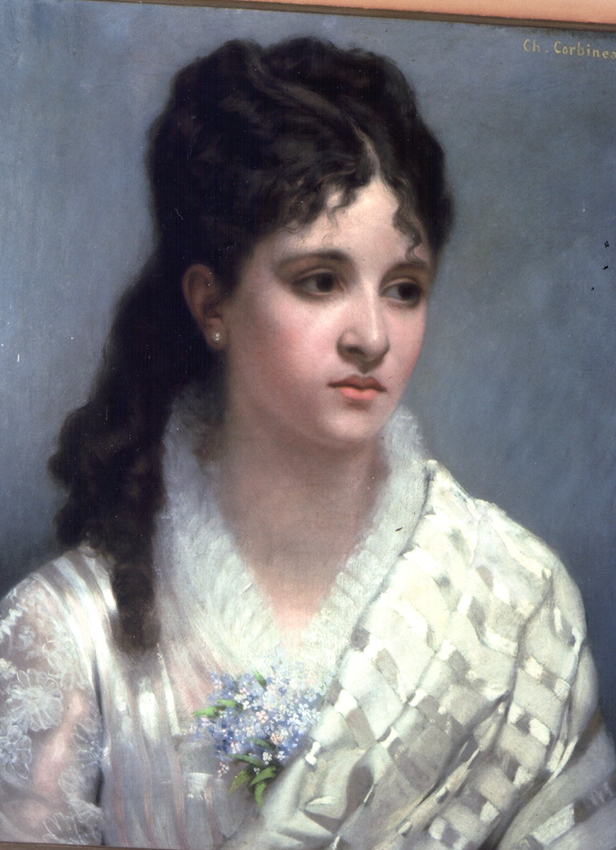The French composer Mel Bonis showed a strong interest in the musical education of children, especially her numerous grandchildren. Between 1912 and 1936, she published six collections of 74 piano pieces, which have now been republished by Christine Géliot at Furore Verlag.
Mel Bonis’ pedagogical intelligence and her love for children are palpable in these meaningful, effective and delightful learning materials. The “Album pour les tout-petits” (Album for the very little ones) is supplemented by the collections Kinderszenen, 17 Klavierstücke, Miocheries (For little pianists) and 9 easy pieces as well as an anthology with 6 four-hand pieces (including two very easy ones).
Vol. 1: Children’s scenes
Eight short pieces describing scenes from everyday life. The musical text is sometimes accompanied by short, child-friendly explanatory sentences. The pieces are intended for beginners who are already beyond the basics after two to three years of lessons.
fue 10474
Vol. 2: album for the very little ones
20 small pieces written in large notes and with appealing titles. They motivate and ensure rapid progress. They accompany the development of pupils in the first two years, with each piece focusing on a new learning experience. The collection is the biggest seller in Mel Bonis’ lifetime.
fue 10473
Vol. 3: 17 pieces for children
For more advanced beginners (second year), these pieces teach new skills (staccato – legato, accidentals, crescendo, 3-beat etc.).
fue 10471
Vol. 4: Miocheries op. 126 – four young piano player
Diese Sammlung von 14 Stücken beginnt mit einfachen Stücken und steigert dann den Schwierigkeitsgrad. Die hübschen Illustrationen stammen von Georges Dola.
fue 10479
Vol. 5
Six four hand pieces
two very easy ones
This collection of 14 pieces begins with easy pieces and then increases in difficulty. The pretty illustrations are by Georges Dola.
fue 10481
Vol. 6: Nine easy pieces
These short, expressive pieces of increasing difficulty – intended for the second or third year of learning – testify to Mel Bonis’ constant pedagogical endeavor to confront the players with something new in every piece.
fue 10472
“What struck me when looking through the children’s pieces, apart from the usual pedagogical aims, was the principle of working as early as possible to soften the strict assignment of the hands to a particular system and clef. Melodic lines or permanent accompanying formulas are divided between the two hands according to the melodic and harmonic requirements, so that from the outset the interlocking of the hands, the alternation and even crossing over is perceived as something quite natural, just as the composer demands in her great piano compositions,” says the editor and initiator of the Mel Bonis renaissance, Eberhard Mayer.
The works were already highly praised at the beginning of the 20th century: “Your little pieces for children are simply delightful. From a pedagogical point of view, I find them perfect, perhaps because they correspond to my understanding of piano lessons for the very youngest“, said Marcelle Chéridjian-Charrey, Professeur de virtuosité au Conservatoire de Genève (1913) and Charles Koechlin wrote: ”As far as your little pieces for children are concerned, they are completely successful – and that is not so easy to achieve”.
In her piano pieces, Bonis uses all her creativity to introduce children to music through musical representations of themes from their world. Her works are characterized by a rich melodic treasure, clever rhythms and daring harmonies – features that are also present in her larger compositions. These pieces provide valuable musical resources for teachers and can also motivate adults to learn to play the piano or develop their skills.

